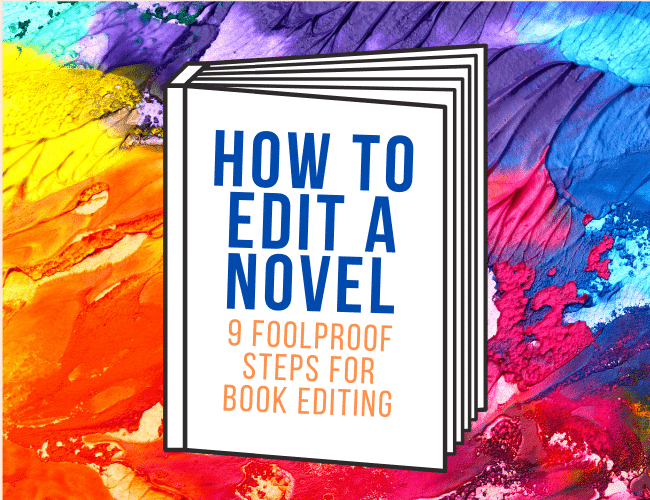
by Sarah Gribble |
Are you the kind of writer that loves writing a first draft but has no idea what to do once you’re done with it? Do you worry that you don’t know how to edit a novel, and freeze up because of this?
Editing is hard, but luckily there are strategies you can take when editing your first draft (and others), or even if it’s your first time.
In this article, I’ll teach you the process I’ve learned after years of struggling to edit. But first, there’s one thing we have to get out of the way:
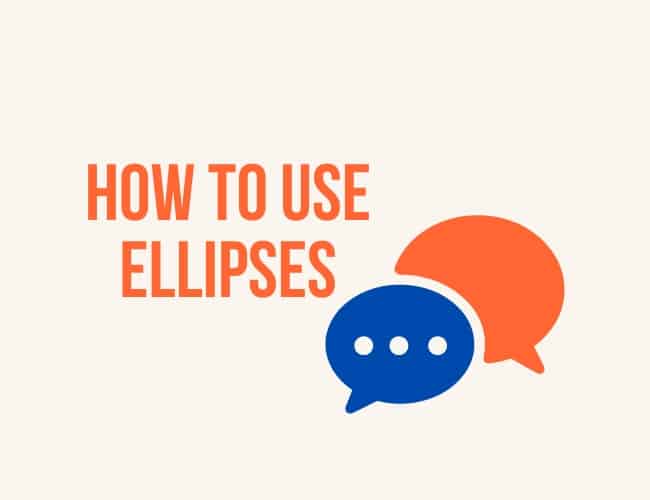
by Liz Bureman |
Here at the Write Practice, we have love for all punctuation marks: commas, semicolons, question marks. Today we’re discussing that trio of periods that make up the ellipsis.
What’s an ellipsis?
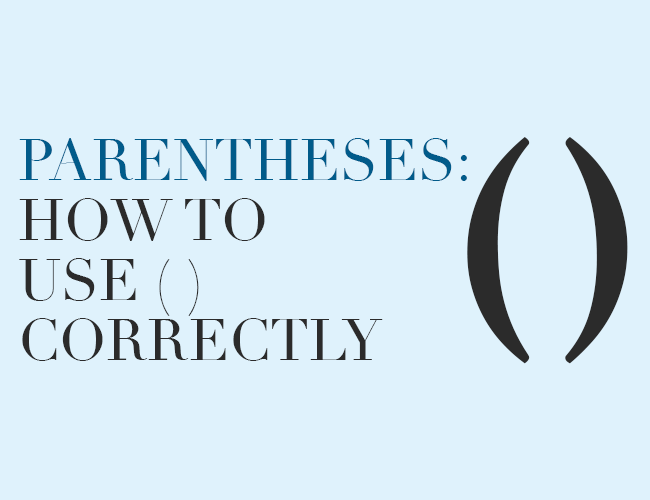
by Liz Bureman |
Parentheses are punctuation marks that look like curly brackets. They are used in pairs and can contain phrases, clauses, or even complete sentences. Let’s look at some ways to use them more specifically.
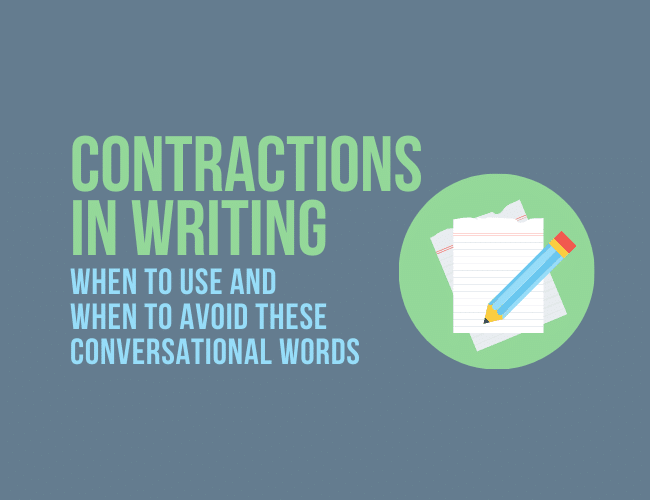
by Joe Bunting |
I had a conversation with a fellow writer recently about contractions, when they’re appropriate to use and when they should be avoided.
But first, what are contractions? Is there a contractions list?
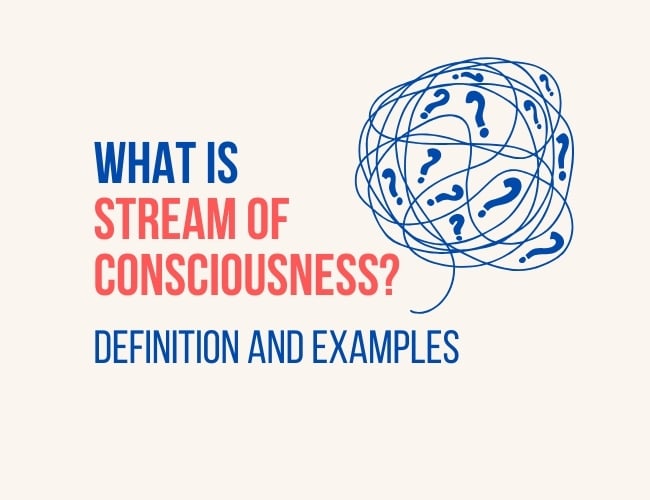
by Guest Blogger |
“Stream-of-Consciousness” is a literary technique that focuses on sensory details, what we see and hear and feel and think in the moment. It’s usually written in incomplete sentences that jump around as they please. It’s the type of writing that tells you to completely forget everything else you’ve learned about writing and give in to the flow of ideas.
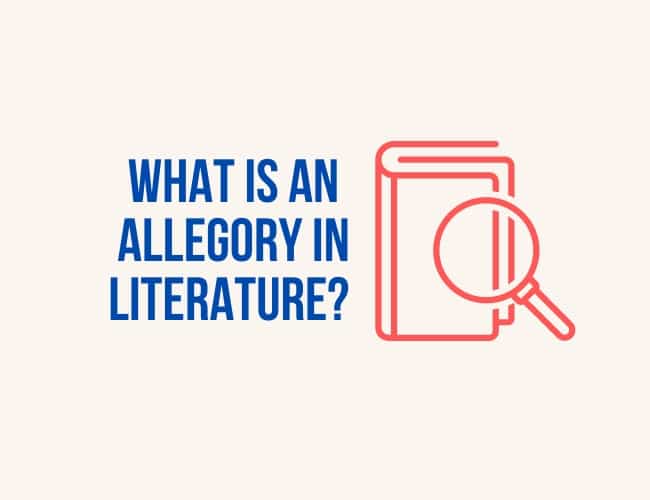
by Joe Bunting |
Allegory is one of those literary terms you’re pretty sure you learned about in school, but it can be difficult to put it into words. So what is an allegory in literature? Today you’ll be able to define it and identify allegory in some well known examples whether you’re studying allegory for school or for your own writing!





